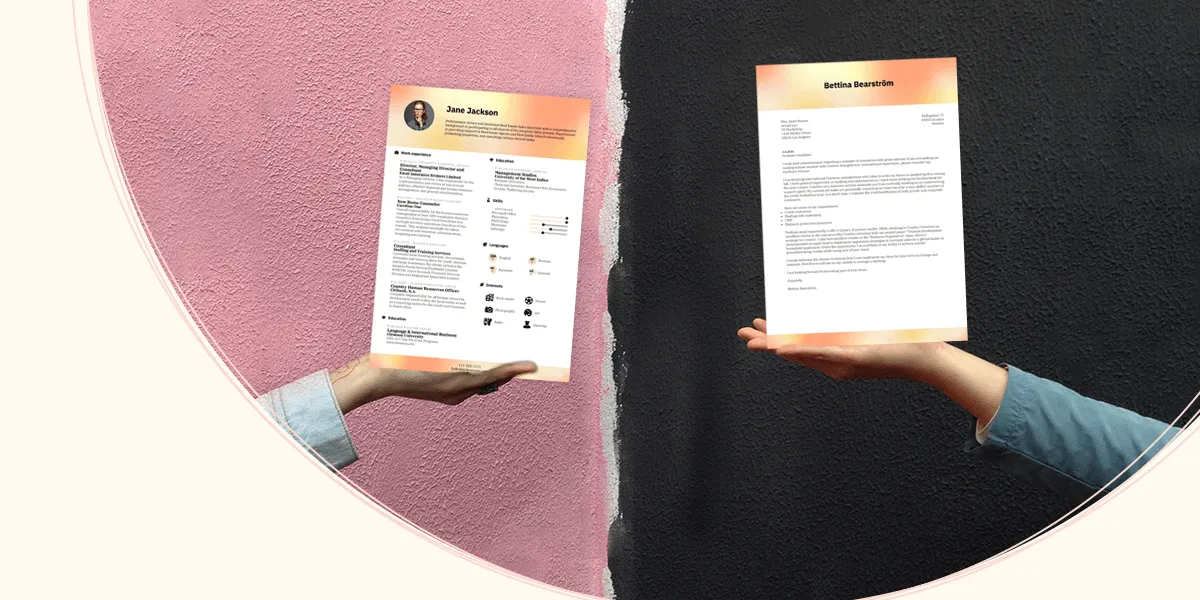Understanding the Cover Letter vs Resume
In the realm of job applications, the cover letter and resume are two critical documents that often work in tandem to present a candidate’s qualifications and suitability for a role. While both serve the purpose of introducing you to a potential employer, they have distinct functions, formats, and content. A resume provides a concise summary of your work experience, skills, and education, while a cover letter offers a more personalized introduction, allowing you to elaborate on your qualifications, express your enthusiasm for the position, and highlight why you are a good fit for the company. Understanding the specific roles of each document is crucial for creating a compelling job application that captures the hiring manager’s attention and increases your chances of landing an interview. Both must work together to make a great first impression.
The Purpose of a Cover Letter
The primary goal of a cover letter is to introduce you to the hiring manager and to express your interest in a specific job. It allows you to tell a story, connecting your skills and experiences to the requirements of the role. A well-crafted cover letter demonstrates your personality, writing skills, and genuine interest in the company. It provides an opportunity to explain any gaps in your employment history, to address any specific concerns the employer might have, and to highlight why you are uniquely qualified for the position. The cover letter is your chance to make a strong first impression and to persuade the employer to read your resume. It is a key component for all your job applications.
Highlighting Skills and Experiences
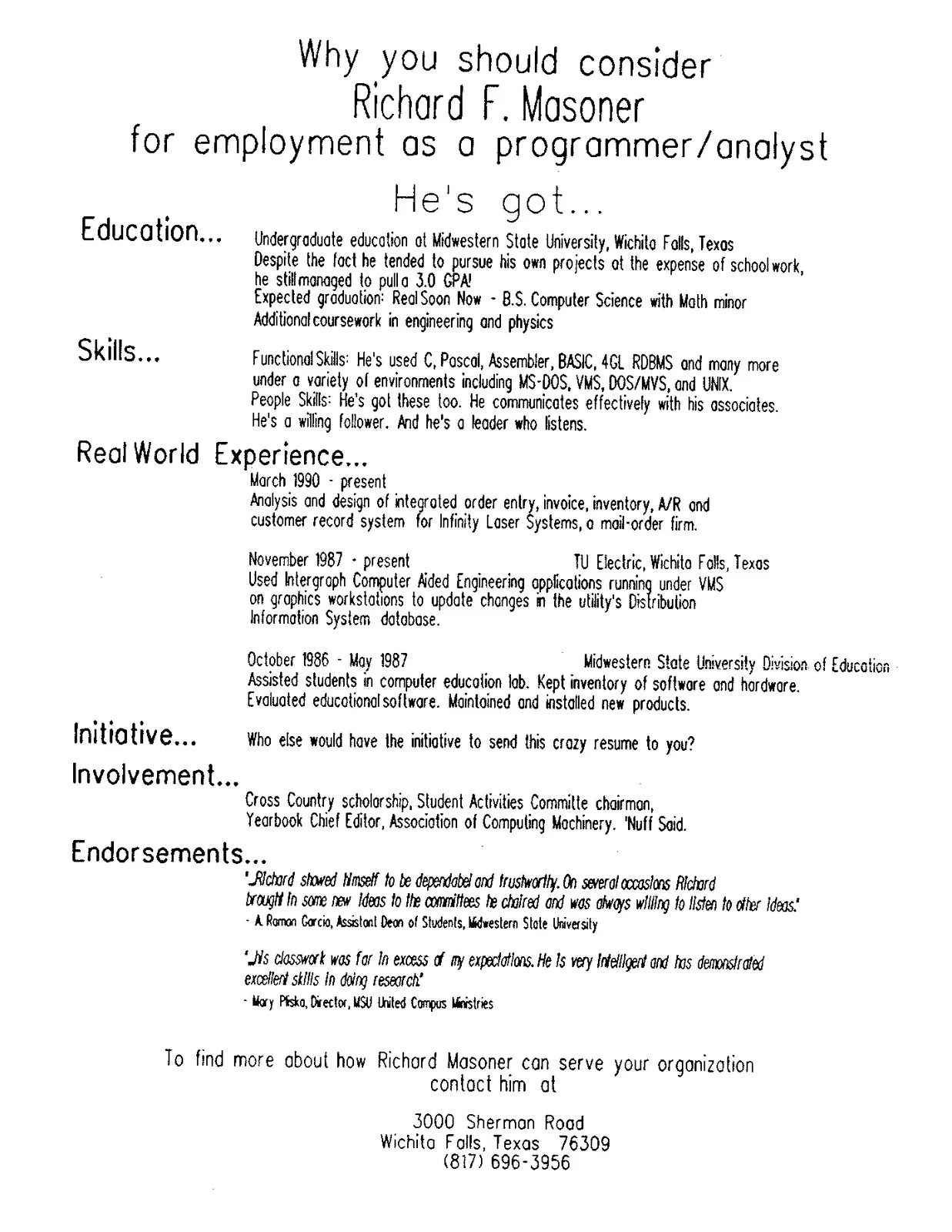
In the cover letter, you can elaborate on the skills and experiences listed in your resume. Instead of merely listing your qualifications, you can provide specific examples of how you have utilized those skills in previous roles. For instance, if your resume lists “Project Management” as a skill, your cover letter can describe a specific project you managed, detailing the challenges you faced, the strategies you employed, and the successful outcomes you achieved. This allows the employer to see your capabilities in action, making your qualifications more tangible and demonstrating your ability to deliver results. By providing concrete examples, you transform generic statements into compelling evidence of your abilities, significantly increasing the impact of your application.
Showcasing Personality and Enthusiasm
The cover letter allows you to showcase your personality and enthusiasm for the role and the company. This is an opportunity to demonstrate your passion for the industry and to express why you are excited about the specific job. You can mention aspects of the company that appeal to you, such as their mission, values, or recent achievements. By expressing genuine interest and enthusiasm, you make a personal connection with the hiring manager, setting yourself apart from other applicants. This approach demonstrates that you are not just looking for any job, but that you are genuinely interested in the specific opportunity and the company. It increases the chances of the employer seeing your application in a more positive light.
The Purpose of a Resume
The resume is a concise summary of your professional experience, skills, and education. Its primary purpose is to provide a quick overview of your qualifications to potential employers. Unlike a cover letter, a resume is typically structured to be easily scannable, allowing hiring managers to quickly assess your suitability for a role. A well-organized resume should highlight your work history, skills, and education in a clear, concise, and easy-to-read format. It serves as a snapshot of your professional background, providing the essential information needed to evaluate your qualifications and determine whether you meet the basic requirements of the job. A strong resume gets you the interview.
Presenting Work History
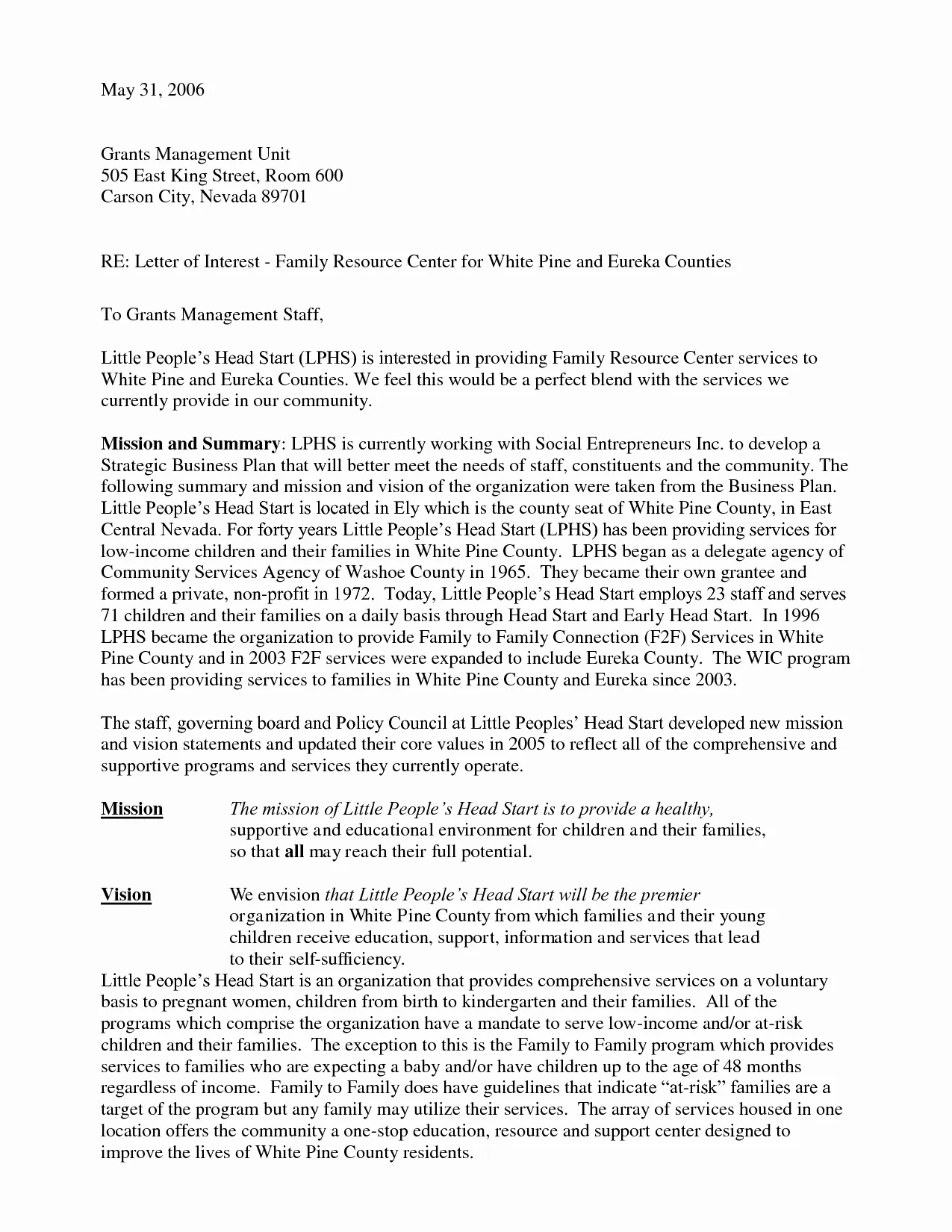
The work history section of your resume is a chronological or functional overview of your professional experience. It typically includes your job titles, the names of the companies you worked for, the dates of employment, and a brief description of your responsibilities and accomplishments in each role. When presenting your work history, it’s crucial to focus on achievements rather than just listing job duties. Use action verbs to describe your contributions and quantify your accomplishments whenever possible. For example, instead of stating “Managed social media accounts,” you might write “Increased social media engagement by 30% through strategic content planning and targeted advertising.” This highlights your impact and demonstrates the value you brought to your previous roles.
Listing Skills and Qualifications
In addition to your work history, your resume should include a section that lists your skills and qualifications. This section is vital as it allows you to quickly highlight the abilities and expertise you possess that are relevant to the job you’re applying for. Skills can be categorized into technical skills, such as proficiency in specific software or tools, and soft skills, such as communication, teamwork, and problem-solving. Make sure your resume reflects the skills listed in the job description. Tailor this section to each job you apply for, emphasizing the skills that are most relevant to the position. This will help the hiring manager quickly identify whether you possess the required abilities and experience.
Key Differences in Content
The content of a cover letter and resume differs significantly in their focus and scope. A cover letter is highly personalized and allows you to articulate why you are a good fit for a specific job. It is an opportunity to tell your story, highlighting relevant experiences, skills, and accomplishments, and connecting them to the job requirements. A resume, on the other hand, provides a concise overview of your qualifications. It focuses on listing your work history, skills, education, and any other relevant information in a clear, easy-to-scan format. The cover letter provides context and personality, while the resume offers a factual, at-a-glance summary. Both documents serve different but equally important roles in the job application process.
Length and Format of a Cover Letter
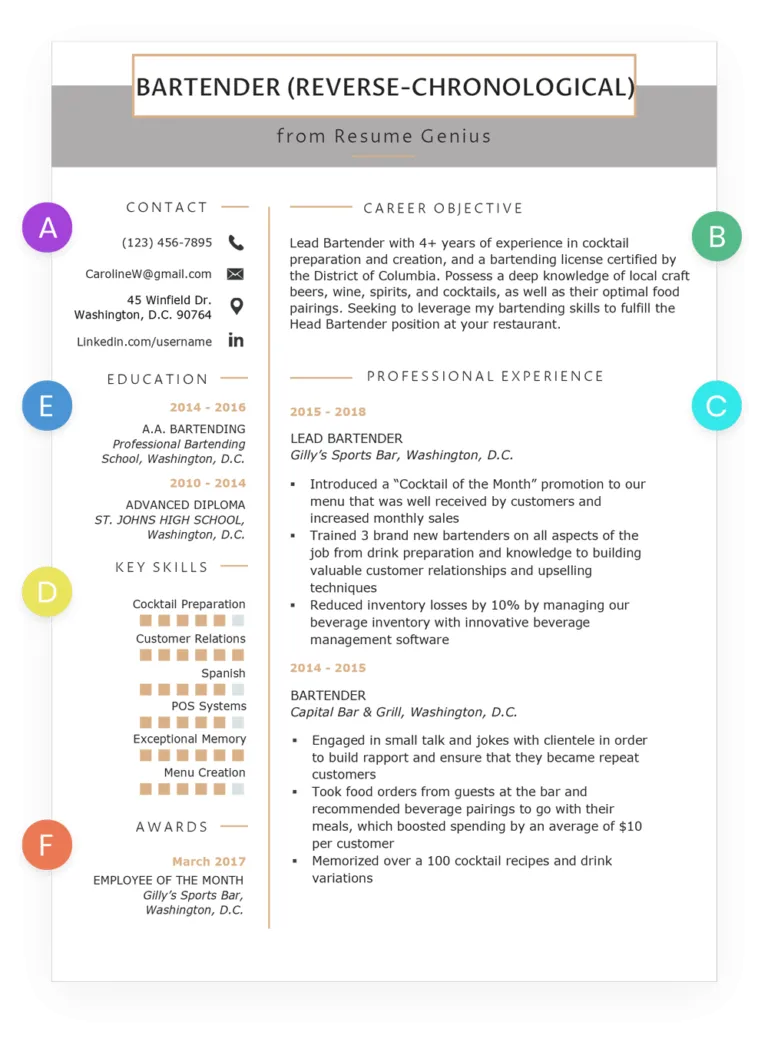
A cover letter is typically one page in length, making it concise and easy for the reader to digest. The format should be professional and well-structured, with a clear introduction, body paragraphs, and a conclusion. The introduction should state the position you are applying for and how you learned about the opportunity. The body paragraphs should elaborate on your qualifications, highlighting your relevant skills and experiences and connecting them to the job requirements. Use specific examples to illustrate your achievements and show your enthusiasm for the role. The conclusion should reiterate your interest and provide a call to action, such as requesting an interview. Formatting should be professional and consistent, with clear headings, appropriate font size, and sufficient spacing to enhance readability.
Length and Format of a Resume
Resumes are generally one to two pages long, depending on your experience. The format should be easy to read and navigate, with clear headings and sections. Common sections include your contact information, a professional summary or objective, work experience, education, skills, and any additional relevant information. You can use bullet points to list your responsibilities and accomplishments within each role. Use a clean and professional font and ensure consistent formatting throughout. The resume should be tailored to the specific job you are applying for, highlighting the most relevant information and skills that align with the job description. The goal is to make it easy for the hiring manager to quickly assess your qualifications.
When to Use a Cover Letter
A cover letter should accompany your resume in most job applications. It is essential when applying for positions where the job description specifically requests one, or when you want to make a strong first impression. It’s particularly useful when you want to explain gaps in your employment history, highlight career changes, or demonstrate your passion for a specific role or company. Always send a cover letter if you want to personalize your application and showcase your writing skills and enthusiasm. Even if a cover letter isn’t explicitly required, it can give you an edge over other candidates by providing a more detailed introduction and allowing you to explain your motivations and qualifications.
When a Resume is Sufficient
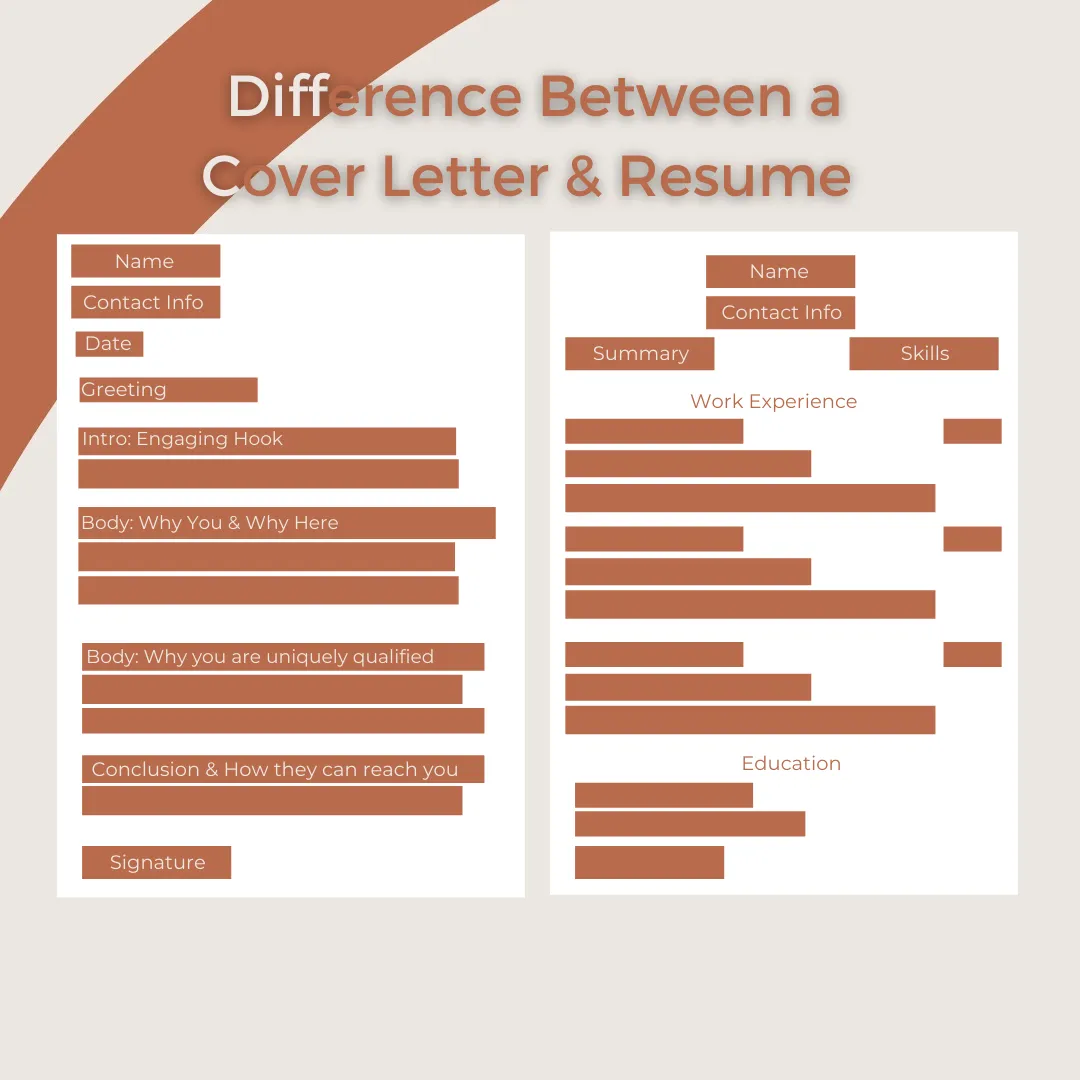
In some situations, a resume may be sufficient without a cover letter. This can be the case when applying through online job portals that do not provide an option to upload a cover letter, or when the job posting explicitly states that a cover letter is not required. In these cases, ensure your resume is well-written, detailed, and tailored to the specific job requirements. If you are applying for a position where a cover letter is optional, consider whether including one would add value to your application. If you have a strong and relevant background, and the job description is very straightforward, a resume might be enough. However, in most cases, including a cover letter will improve your chances of getting noticed.
